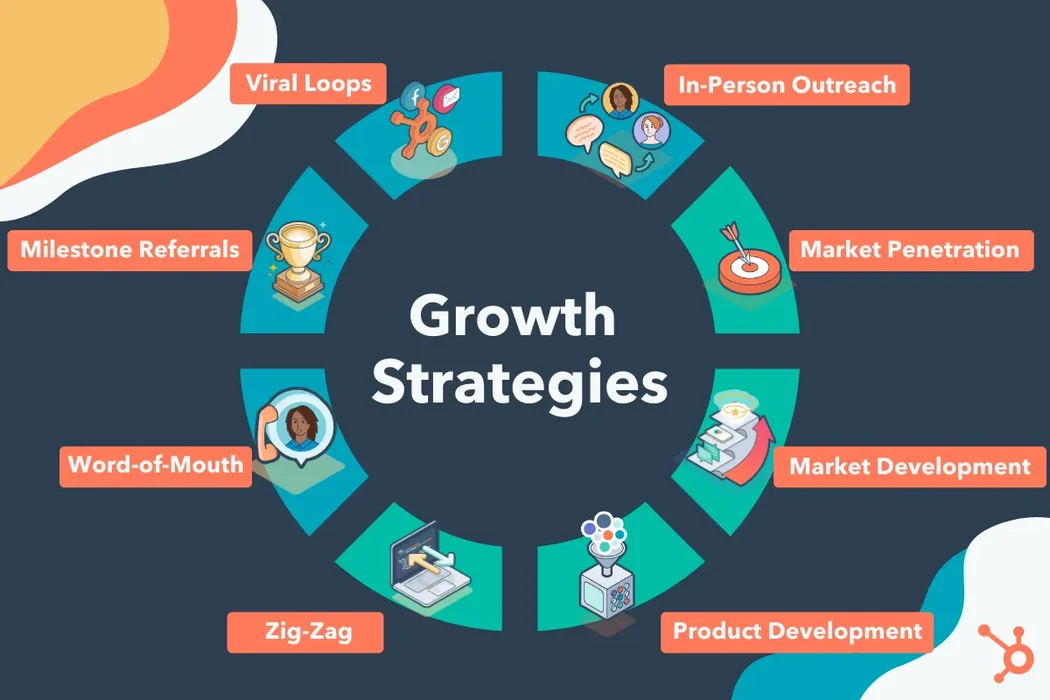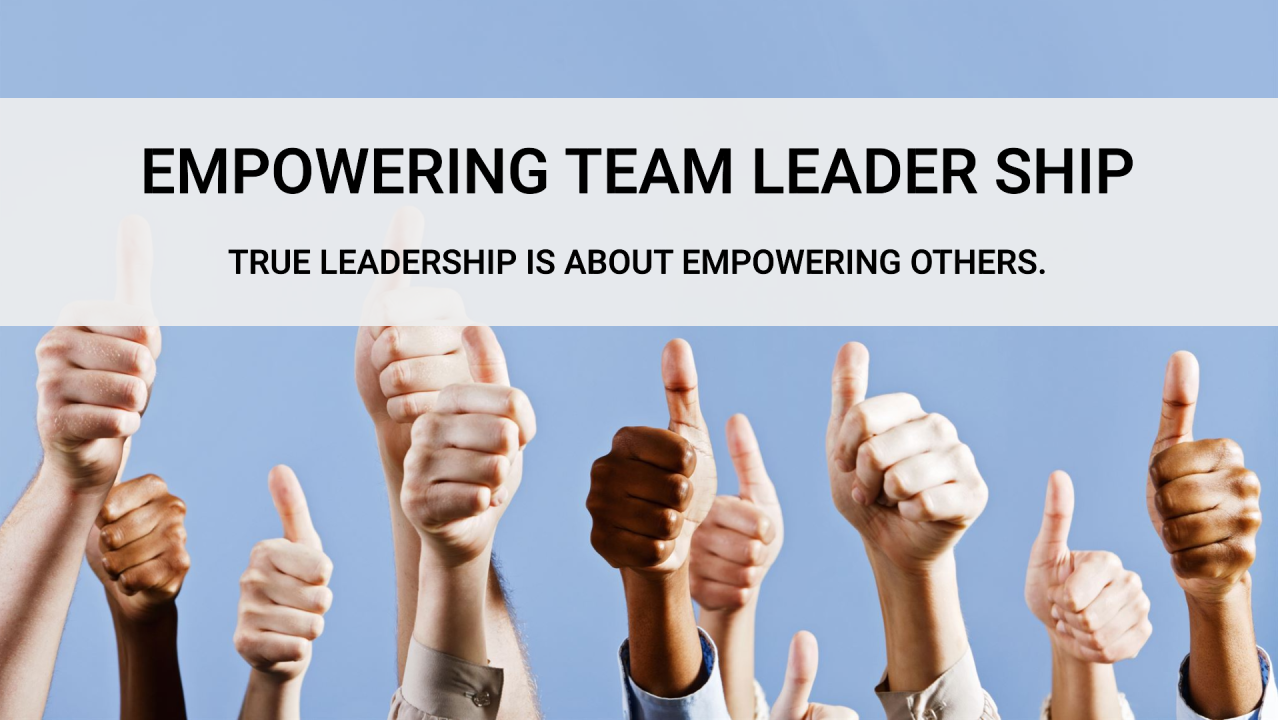The Chief Business Officer (CBO) plays a critical role in shaping an organization’s strategic direction and ensuring its growth. As a key executive, the CBO oversees business operations, develops long-term strategies, and identifies opportunities to drive profitability. Their responsibilities often include analyzing market trends, establishing partnerships, and aligning business goals with the company’s mission to maintain a competitive edge in the industry.
Another crucial responsibility of the Chief Business Officer is fostering cross-departmental collaboration. By working closely with teams in sales, marketing, finance, and operations, the CBO ensures seamless communication and resource allocation. This alignment not only improves operational efficiency but also helps create innovative solutions that meet customer demands and enhance overall performance.
In addition to strategy and collaboration, the Chief Business Officer monitors key performance indicators (KPIs) and adjusts plans as needed to ensure targets are met. They are instrumental in risk management, identifying potential challenges, and mitigating them before they affect the organization. Their leadership and vision drive sustainable growth, making the CBO an essential figure in modern business structures.
Strategic Planning and Business Growth

- Market Analysis: Conduct in-depth research to understand industry trends, customer needs, and competitive landscapes.
- Goal Setting: Define clear, measurable objectives aligned with the company’s mission and vision.
- Resource Allocation: Optimize the use of financial, human, and technological resources to support growth initiatives.
- Innovation: Identify and implement innovative solutions to enhance product offerings and improve processes.
- Partnerships: Build strategic alliances with key stakeholders to expand market reach and capabilities.
- Risk Management: Assess potential risks and develop contingency plans to mitigate them.
- Performance Monitoring: Track key performance indicators (KPIs) to measure progress and make data-driven decisions.
- Customer-Centric Strategies: Develop approaches that prioritize customer satisfaction and loyalty.
- Scalability: Plan for sustainable expansion to accommodate increased demand while maintaining quality and efficiency.
- Adaptability: Stay agile in responding to changing market conditions and emerging opportunities.
Revenue and Profitability Management

Effective revenue and profitability management is at the core of any successful business strategy. It involves optimizing pricing models, diversifying revenue streams, and closely monitoring financial performance to maximize returns.
Businesses achieve this by analyzing market trends, customer behavior, and competitor strategies, ensuring their offerings remain competitive while maintaining healthy profit margins. Strategic planning, coupled with consistent financial reviews, enables companies to identify underperforming areas and redirect resources for better outcomes.
Another critical aspect of revenue and profitability management is cost control. By streamlining operations and reducing unnecessary expenses, businesses can improve profitability without compromising quality. Additionally, leveraging data analytics helps companies forecast revenue trends and adjust strategies proactively. This dynamic approach ensures sustainable growth, allowing businesses to reinvest in innovation, expand their market reach, and maintain a strong financial foundation.
Building and Managing Strategic Partnerships

| Identify Potential Partners | Research companies with shared goals, values, or complementary services to align with your vision. |
| Define Partnership Goals | Clearly outline mutual objectives, such as expanding market reach or improving product offerings. |
| Conduct Due Diligence | Evaluate the partner’s financial health, reputation, and market influence to ensure compatibility. |
| Develop a Proposal | Present a detailed plan outlining the benefits, roles, and responsibilities of each party. |
| Establish Clear Agreements | Create contracts or agreements that define expectations, deliverables, and performance metrics. |
| Foster Open Communication | Maintain regular communication to build trust, address concerns, and adapt to changing needs. |
| Monitor Partnership Progress | Use KPIs to evaluate success and identify areas for improvement. |
| Address Conflicts Promptly | Resolve disagreements professionally to ensure the partnership remains productive. |
| Celebrate Success Together | Acknowledge milestones and achievements to strengthen the partnership. |
| Plan for Long-Term Growth | Continuously explore opportunities to deepen the relationship and expand collaboration. |
Overseeing Operational Efficiency
- Process Optimization: Streamline workflows to eliminate inefficiencies, ensuring tasks are completed quickly and with fewer resources.
- Resource Allocation: Allocate resources (time, money, staff) effectively to ensure smooth operations and maximum output.
- Technology Integration: Implement tools and software that automate routine tasks, reducing manual work and minimizing errors.
- Performance Metrics: Use key performance indicators (KPIs) to regularly monitor operational performance and make data-driven adjustments.
- Cost Management: Control operational costs by identifying areas of waste and implementing cost-effective solutions.
- Cross-Department Collaboration: Ensure departments work together to improve productivity and address operational bottlenecks.
- Quality Control: Maintain high standards of quality in products and services through rigorous checks and continuous improvements.
- Employee Training: Invest in training to ensure staff are equipped with the necessary skills to perform efficiently and effectively.
- Risk Mitigation: Identify potential operational risks and develop contingency plans to avoid disruptions in the workflow.
- Continuous Improvement: Foster a culture of constant evaluation and improvement, encouraging innovation to keep operations efficient and competitive.
Leadership and Team Empowerment

Effective leadership is essential in fostering a culture of collaboration, innovation, and accountability within a team. Leaders who empower their teams encourage ownership and initiative, which leads to higher motivation and performance.
- By providing clear direction, setting expectations, and offering constructive feedback, leaders create an environment where team members feel valued and supported.
- This approach not only improves team dynamics but also boosts overall productivity, as individuals are more likely to contribute their best efforts when they feel trusted and respected.
Empowering teams also involves providing them with the resources, skills, and autonomy to make decisions. Leaders should foster an environment of continuous learning and professional development, helping team members grow within their roles.
- When employees are given the tools and confidence to succeed, they take greater pride in their work and drive the company’s success.
- This leadership style builds stronger, more resilient teams that can tackle challenges and adapt to change with greater ease.
Risk Management and Compliance
Risk management and compliance are critical components of any successful business strategy, ensuring that organizations identify, assess, and mitigate potential risks while adhering to relevant laws and regulations.
Effective risk management involves creating proactive plans to address financial, operational, and reputational risks, while compliance ensures that the company operates within legal frameworks and industry standards.
By continuously monitoring both internal and external factors, businesses can minimize exposure to threats and avoid costly penalties, safeguarding long-term success and maintaining trust with stakeholders.
Market Analysis and Competitive Insights

Market analysis:
And competitive insights are essential for making informed business decisions. Market analysis involves studying consumer behavior, identifying market trends, and evaluating demand for products or services. By understanding the market landscape, businesses can adjust their strategies to target the right audience, optimize pricing, and launch products at the most opportune times.
Competitive insights:
On the other hand, competitive insights focus on analyzing competitors’ strengths, weaknesses, strategies, and market positioning. This helps businesses identify gaps in the market, innovate their offerings, and differentiate themselves from competitors. By continuously tracking competitors and understanding market shifts, businesses can stay ahead of industry changes, maintain a competitive edge, and align their growth strategies accordingly.
Both market:
Analysis and competitive insights are crucial for long-term business success. They enable businesses to make data-driven decisions that maximize profitability and growth.
Visit our Site: Innovate Business Hub
FAQs
What is Design Technologies Ultra?
Design Technologies Ultra is a powerful design tool that offers advanced features like AI-driven suggestions, 3D modeling, and real-time collaboration to streamline the creative process.
Who can use Design Technologies Ultra?
It’s ideal for graphic designers, UI/UX professionals, product developers, and teams looking to enhance their design workflows and productivity.
How does Design Technologies Ultra improve productivity?
By automating repetitive tasks, integrating with other design tools, and offering real-time collaboration, it significantly speeds up the design process.
Does Design Technologies Ultra support cross-platform use?
Yes, it’s compatible with multiple devices and integrates seamlessly with other design software for a smooth workflow.
Is Design Technologies Ultra beginner-friendly?
Absolutely! Its intuitive interface allows beginners to quickly start designing, while professionals can leverage its advanced features.
Conclusion
Design Technologies Ultra is more than just a design tool; it’s a complete solution that empowers designers to work smarter, not harder. With its innovative features like AI-driven suggestions, 3D modeling, and real-time collaboration, it’s transforming the design process and making it easier to create high-quality work faster. Whether you’re an individual designer or part of a team, this tool adapts to your needs, enhancing both creativity and productivity.
One of the key benefits of Design Technologies Ultra is its ability to streamline workflows by automating repetitive tasks and integrating with industry-standard tools. This saves time, reduces errors, and ensures that designers can focus on the creative aspects of their projects rather than spending time on manual, tedious work.


